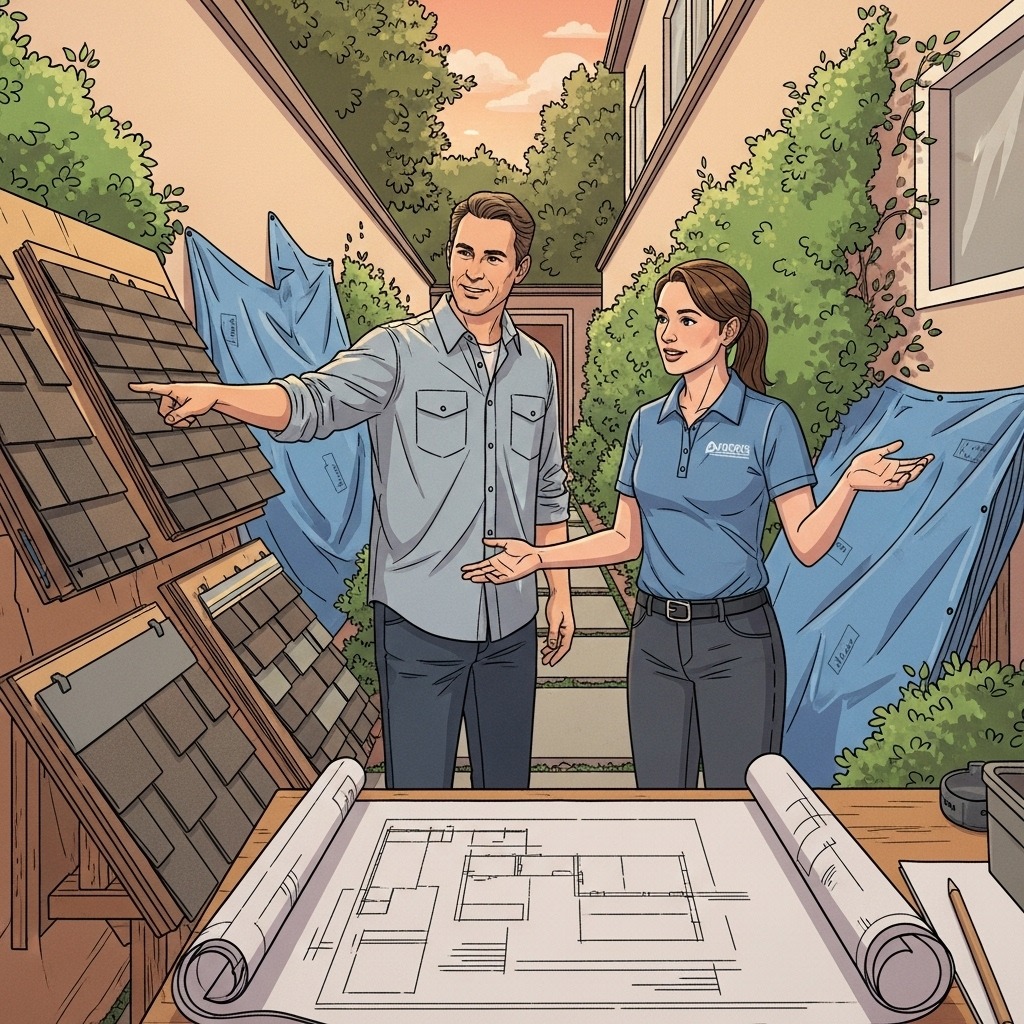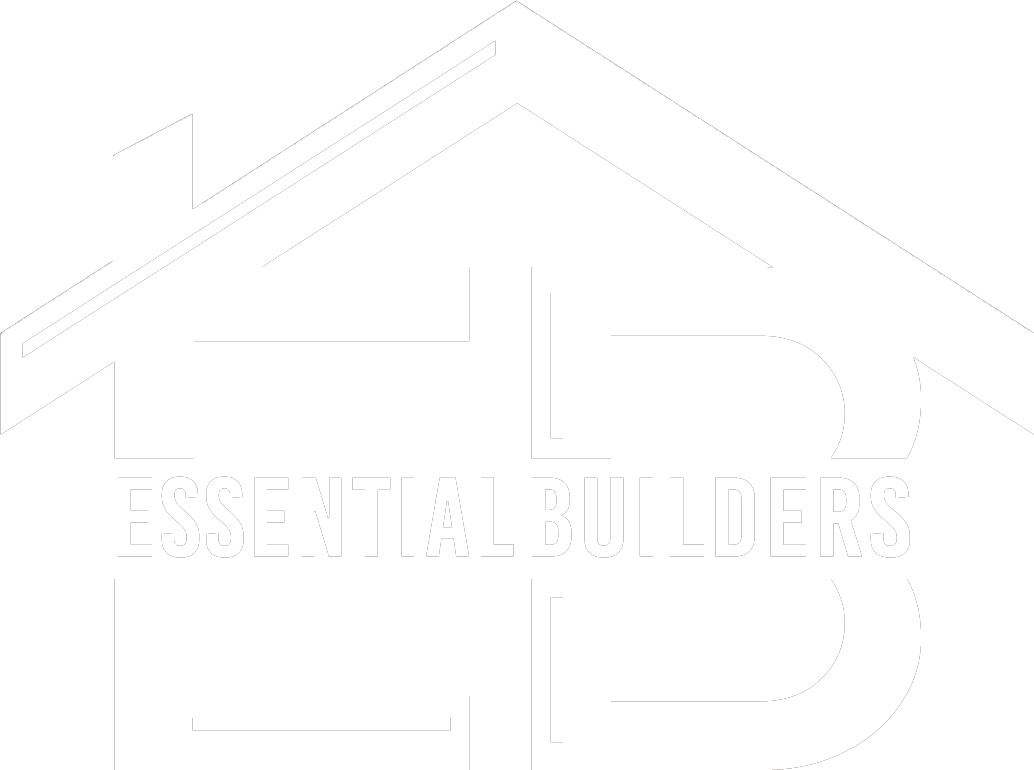
When you live in North Hollywood, you get used to seeing roofs age in a particular way. The late-afternoon sun hits the west-facing slopes hard, Santa Ana winds test the edges and ridges, and the occasional winter storm exposes every weakness in flashing or underlayment. That is why finding the best team to install your new roof is about much more than comparing logos and glancing at star ratings. It requires understanding how a company thinks, plans, and performs in our specific neighborhood context. If you are beginning that search, it helps to ground yourself in the fundamentals of new roof installation so you can evaluate each company’s approach with confidence.
North Hollywood homes come in all shapes and sizes—from compact bungalows near Magnolia Boulevard to expanded mid-century ranches and contemporary rebuilds. The best installers embrace that diversity and bring a consultative mindset to the first visit. They step onto the roof, into the attic, and around the perimeter with eyes for structure, access, and weather exposure. They explain why a particular valley needs an upgraded membrane, or why attic ventilation is non-negotiable for longevity in our summer heat. That willingness to educate is often a reliable marker of quality.
Licensing and insurance are the minimum standard, yet they deserve a moment of attention. California’s licensing shows a contractor has met baseline qualifications, but the best companies go further by maintaining robust workers’ compensation and liability coverage and encouraging continued training. They keep their crews current on manufacturer specifications and local code updates so that installations pass inspection smoothly and stand the test of time. In a neighborhood like ours, where roofs vary widely even within a single block, that blend of training and experience is invaluable.
What separates great roofers from the rest
Communication is the first differentiator you will notice. When the company representative explains the plan for tear-off, dry-in, and final installation with clarity—and invites your questions—you are seeing a well-run operation. They will talk through site protection, from tarping to magnet sweeps for nails, and describe how they sequence deliveries to keep your driveway as open as possible. These details tell you how the project will feel day to day, not just how it will look when complete.
Another marker is material fluency. The best companies do not push a single product; they match options to your home’s architecture, slope, and sun exposure. They can explain the difference between cool-rated shingle choices for a steep slope and a single-ply membrane for low-slope sections, and they know where transitions require specialized flashing. In our area, it is common to have both types on a single property, and a top-tier installer sees that as a chance to design a cohesive system, not a complication to gloss over.
On the roof itself, supervision matters. A dedicated crew lead who is present and attentive ensures the plan is executed precisely, from nailing patterns to flashing integration. Good companies build time into their schedule for diligent decking repairs if rot or delamination is discovered under the tear-off. They do not rush past the messy parts; they correct them so the finish materials have a solid, dry base to anchor into. That discipline pays dividends when the first wind-driven rain arrives in January.
Local savvy makes a difference
We all know the Valley’s heat does not just sit on the freeway during rush hour—it sits on our roofs. North Hollywood regularly sees prolonged hot spells, and the best roofers design with that in mind. They prioritize ventilation strategies that comply with code and protect the system, and they recommend materials that age gracefully under intense UV exposure. They also understand the ripple effects of our wind patterns, especially around gable ends and over open valleys where gusts can find leverage.
The city’s cool roof requirements are part of daily life for installers here. The top companies keep documentation at the ready and specify products that meet reflectance and emissivity thresholds without sacrificing the look you want. They are comfortable navigating permits and inspections, and they understand neighborhood quirks—like access challenges on tight lots near the arts district or clearance considerations around power masts in older homes. That familiarity compresses timelines and keeps projects moving.
Another aspect of local savvy is knowing when to schedule. A company that pays attention to forecast trends can align tear-off with stable weather windows and adjust crew size to move quickly through critical stages. No one controls the forecast, but a team that respects it protects your home, your landscaping, and your nerves.
Evaluating proposals the smart way
When proposals arrive, look for specificity. The best companies spell out underlayment types, flashing metals and gauges, ventilation improvements, and how they will handle low-slope areas or unique details like skylights. They define site protection steps and clean-up expectations. If you see vague phrases or missing pieces, ask for clarification. Honest, detailed answers are a positive sign; evasiveness is not.
Warranties deserve careful reading. Understand who stands behind which part of the roof, and what is required for enhanced coverage. A reputable installer will explain how the manufacturer’s warranty interacts with their workmanship coverage and what qualifies your installation for higher tiers. They will also be candid about maintenance expectations, because even the best roofs benefit from seasonal attention.
References in North Hollywood and nearby neighborhoods speak volumes. The ability to point you to recent projects—on streets you recognize—allows you to evaluate craftsmanship in person. From the cleanliness of straight ridge lines to the crispness of step flashing against stucco walls, the visible indicators of quality are easier to assess when you have examples close to home.
Signs you have found the right partner
Pay attention to how the team treats your property before they are hired. Do they place ladders carefully, move around landscaping with respect, and photograph the roof thoroughly rather than rushing through? Those behaviors tend to carry into the project. The right company will also be transparent about crew composition, explaining who will be on site and who is responsible for day-to-day decisions. Knowing that a consistent lead is present gives you a single point of contact when questions arise.
Another positive sign is a willingness to discuss alternatives without pressure. Perhaps you came in thinking tile was the only option, but your home’s structure and exposure suggest a high-performance shingle with upgraded ventilation might be more suitable. The best installers will walk you through those tradeoffs and let the facts and your preferences guide the choice.
Finally, observe their approach to safety. Roof work involves heights, tools, and weather. Crews that model safe practices—clean staging, secured ladders, protective gear—protect themselves and your home. That professionalism shows up in the finished product as well because organized sites produce consistent results.
From first visit to final walkthrough
A great experience begins with a thoughtful inspection that extends beyond the surface. Expect a roof walk, attic check where accessible, and an assessment of drainage around the home. You should hear clear explanations about deck condition, ventilation needs, and how the installer will manage transitions, especially where low-slope sections meet steeper planes. A good estimator will also note how materials will be brought in and out so you can plan for parking and driveway use.
During installation, communication continues. You will know when tear-off starts, how the crew will protect the structure if a freak wind or shower appears, and what the daily clean-up routine includes. At the end, the walkthrough should cover flashing details, ridge ventilation, and any changes that were made if hidden conditions were discovered. You will feel confident because the process has been transparent from start to finish.
In the middle of comparing options, it never hurts to revisit what a complete new roof installation entails so you can ask sharper questions and align on scope. The best companies welcome informed clients; they know shared understanding leads to smoother projects and better outcomes.
Frequently asked questions about choosing a roofer
What should I expect during the initial roof inspection? A thorough roof walk, attic review where safe and accessible, photos of problem areas, and a clear discussion of options for materials, ventilation, and flashing. You should come away understanding the sequence of work and any unique considerations for your home.
How do I compare warranties fairly?
Look at both manufacturer and workmanship coverage, including term length, what is covered, and what must be done to keep coverage valid. Ask the company to explain how your particular materials and ventilation choices affect eligibility for enhanced protection.
Do I need to be home during the installation?
Not necessarily, though it can be helpful for quick decisions if hidden conditions appear. Most communication can be handled by phone or text, and a good crew lead will keep you informed and request approvals when needed.
How disruptive will the project be to my neighbors?
There will be some noise and activity. Respectful companies inform neighbors about the schedule, keep the site tidy, manage parking thoughtfully, and perform daily clean-ups. Good planning minimizes inconvenience.
What materials work best in North Hollywood?
It depends on your roof’s slope, structure, and style. Many homes perform well with cool-rated shingles paired with upgraded underlayment and ventilation. Others suit tile or metal, especially where architecture calls for it. Mixed rooflines often combine steep-slope and low-slope materials with careful transitions.
How will low-slope areas be handled?
Low-slope sections typically receive single-ply membranes or modified bitumen, along with dedicated edge metal, proper drains or scuppers, and specialized flashing at transitions. The best installers explain how these details integrate with adjacent roof sections.
What does clean-up include?
Daily debris removal, magnet sweeps for nails, protection for landscaping and patios, and a final walkthrough to confirm the property is left as it was. Cleanliness is a reflection of overall professionalism.
Ready to meet the right roofing team?
If you want a company that treats your North Hollywood home with the care it deserves, start with a conversation and a thorough site visit. Ask detailed questions, expect clear answers, and look for signs of respect, organization, and craft. When you are ready to move forward, explore your options for new roof installation and connect with a team that can deliver the quality and calm process you want.

